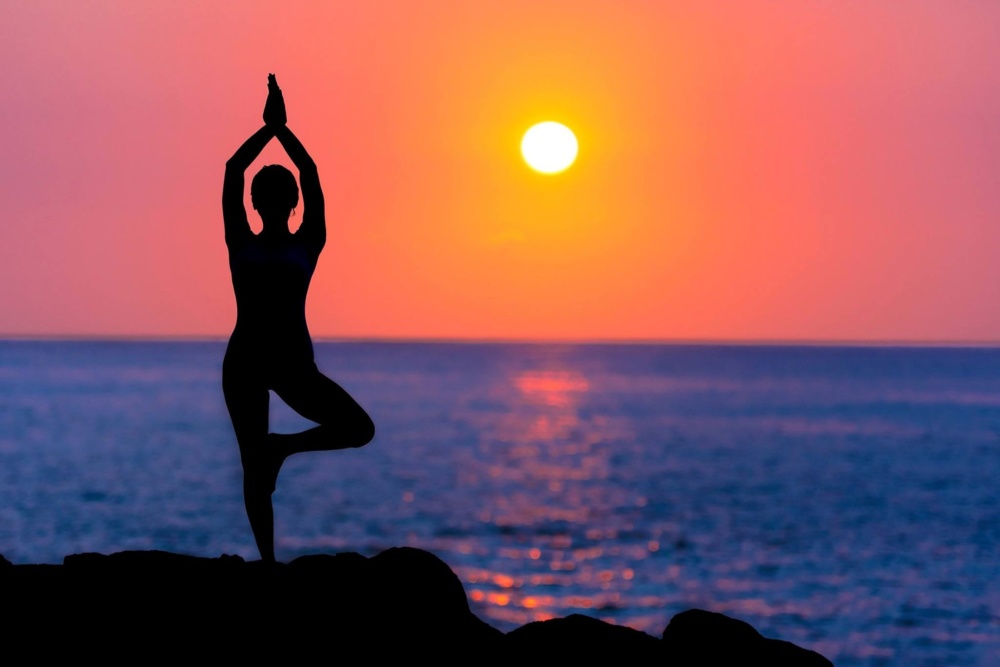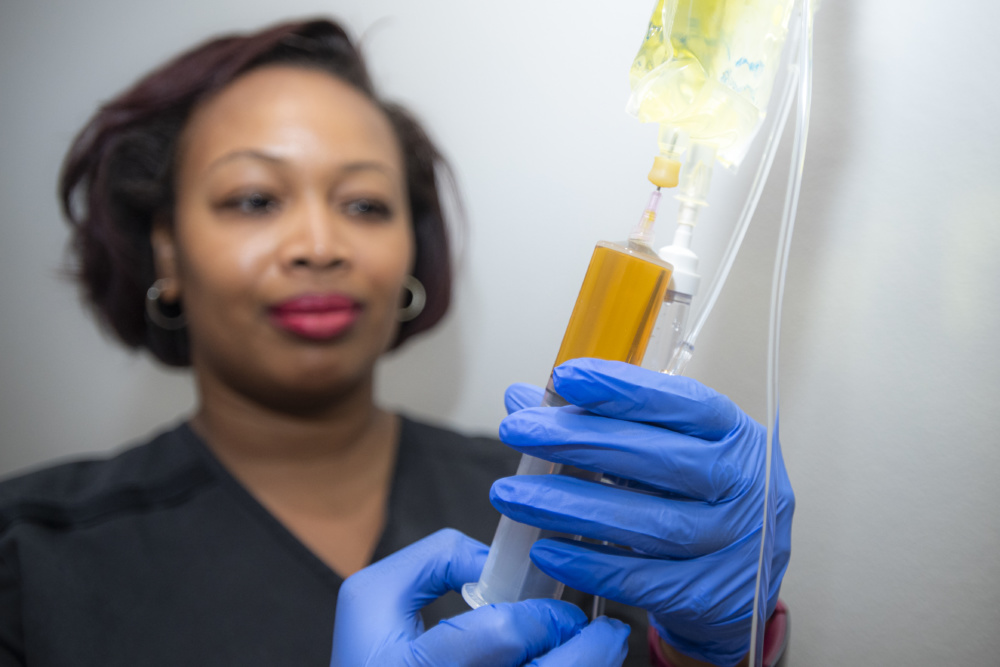Yoga Chakras Explained: a Guide for Beginners
By Hillary Walker
Do you know something about energy portals in your body? Have you ever heard a notion of chakra? Accordingly to the idea, which yoga is based on, there are energy portals in our body. Those energy centers are called chakras and they represent different emotions and feelings we have.
Overall, there are seven chakras. Each of them has its own color, emotion, feeling, body part, and balancing practice recommended to do. If you know nothing about that, read our beginner’s introduction to chakras below and become a little bit closer to practicing yoga professionally.
Seven Yoga Chakras Explained
In yoga practice, the notion of chakra and clear understanding of it are very important. As during the practices, you focus on very different parts of your body, which represent not only your physical body but also your emotions and feelings like belonging, stability, love, etc.
Each chakra has its own color and its own meaning and purpose. So, let’s have a look at those 7 chakras and the meanings behind them.
- Muladhara, or the Root Energy Center. The color is deep red. It represents calmness, security, the feeling of being grounded, etc.
- Svadhisthana, or the Sacral Chakra. The color is orange. It represents fertility, free-flowing creativity, and sexuality.
- Manipura, or the Solar Plexus Energy Center. The color is bright yellow. It is about fire, will, vitality, power, integrity, respect, and drive. If this energy center is not blocked, a person is self-assured and able to grow.
- Anahata, or the Heart Chakra. The color is green. It is all about heart and feelings you experience through it – love, sympathy, compassion, acceptance, hope, harmonious relationships, emotional balance.
- Vishuddha, or the Throat Chakra. The color is blue. Vishuddha is responsible for expression and communication. This chakra is about expressing yourself easily, healing, creativity, and speaking truth.
- Ajna, or the Third Eye Chakra. The color is indigo. Ajna energy portal is directly between the eyebrows. It is about deep and reliable intuition, second sight, inner knowing, meditation, understanding your purpose, the absence of worrying and confusion, etc.
- Sahasrara, or the Crown Chakra. The color is purple. The seventh chakra sits on the crown of a head. It represents divine knowledge and connection with the universe and God. It is about experiencing total bliss, absolute consciousness, understanding and enlightenment.
There are also oils recommended for each energy hub. For example, rose, jasmine, tea tree, lavender, patchouli. So, check them too.
As you can see, each of the seven energy portals has its own unique physical and moral qualities, as well as functions, senses, and the image of a different lotus flower. Supporting all of them in balance is very important. If one energy hub is blocked, then the whole body is out of balance. So, do some yoga practices if you feel that one of your chakras is weak. If you’re a beginner, find a yoga teacher to guide you through chakra balance knowledge and practice on a more qualitative level than you can just on your own.







Recent Comments